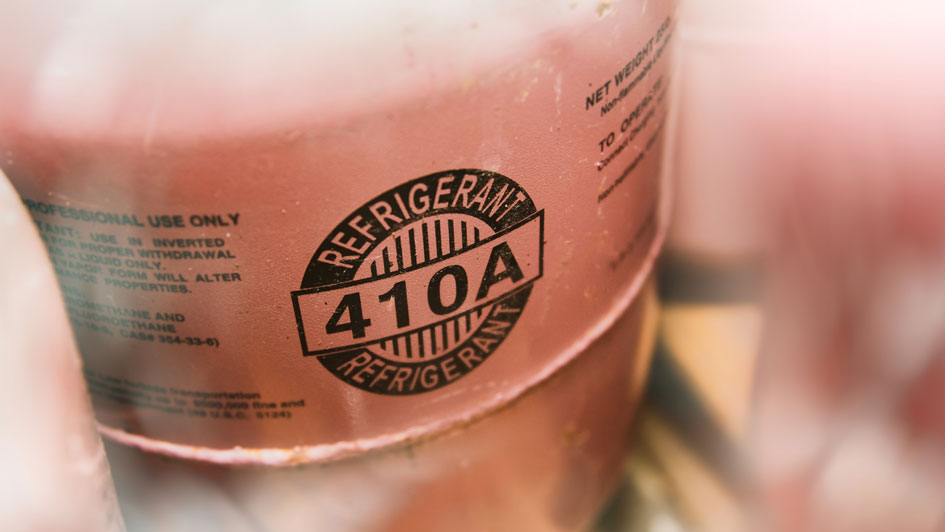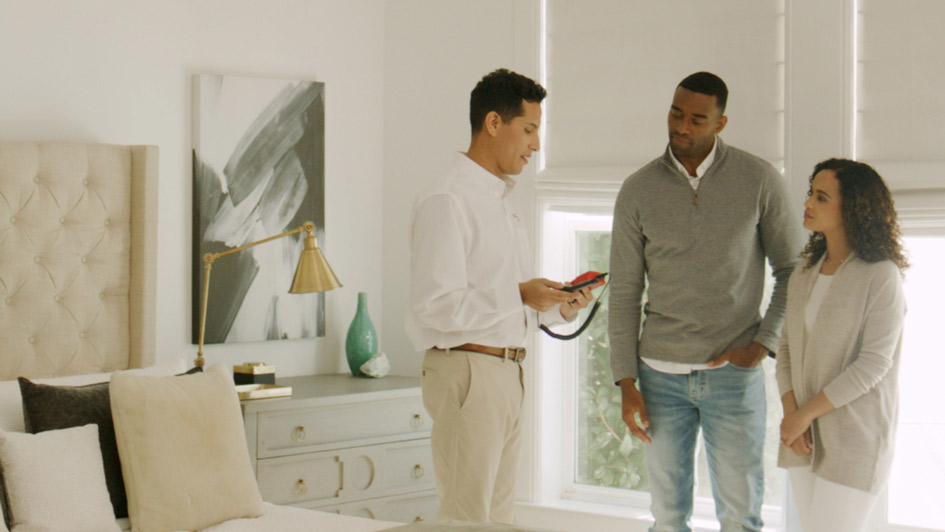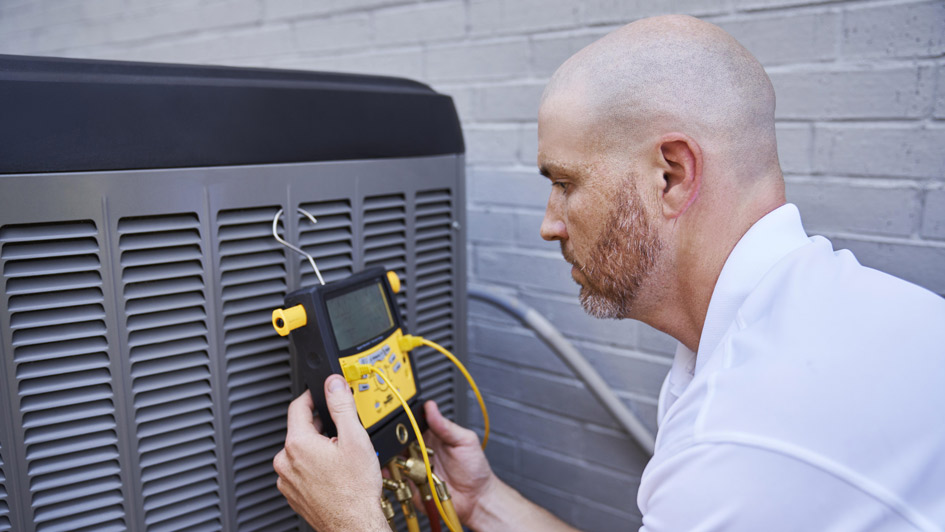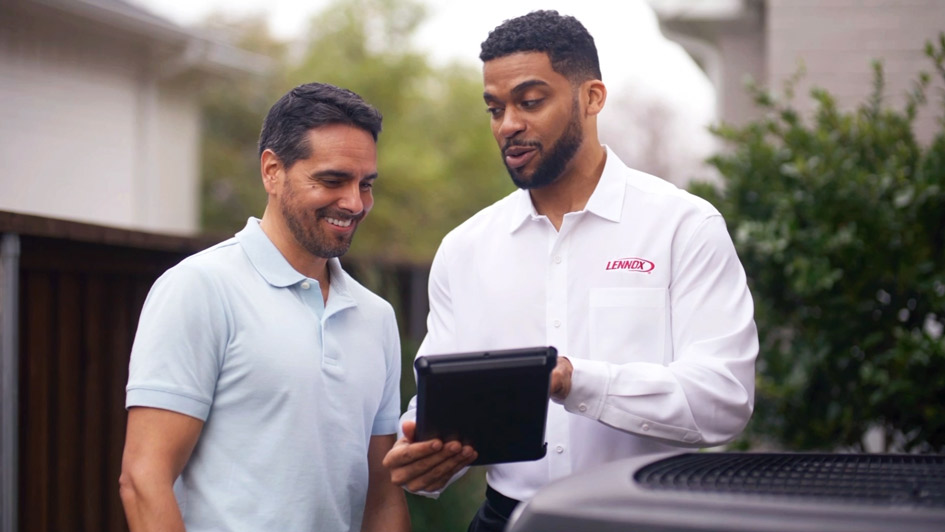Blog
Durable Service
306 Garfield St.
Holdrege, NE 68949
Phone: 308-995-8177
Email: [email protected]
License # 001-010804498
About Durable Service
At Durable Service, making your home cozy is our highest concern. That’s why we offer lasting HVAC equipment and quality work in Holdrege. Our techs are educated in a wide range of services, so you can have confidence in your results. They’ll provide the assistance you are seeking, whether it’s adding an updated HVAC system or working on and tuning up your existing unit. We’re available to help with all of your needs, so call us at 308-995-8177 or contact us online to schedule an appointment now.
© 2025 Durable Service | All rights reserved








